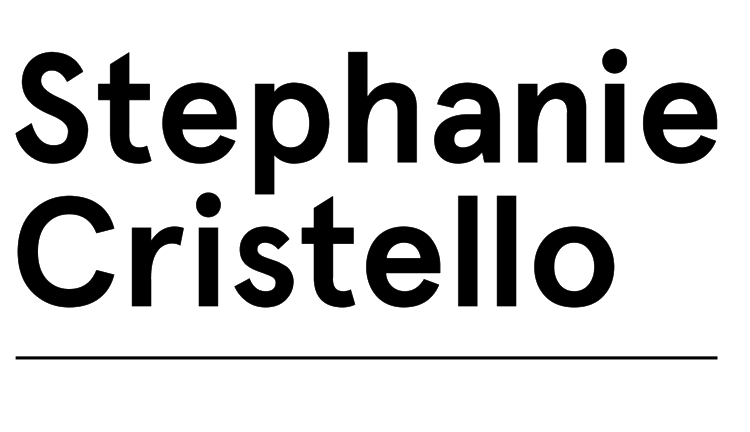(Image at top: Hot Spot, 2006, Stainless steel and neon tube.)
Picturing the international is no easy task. Mona Hatoum, born in Lebanon 1952, does so with ease—as if manifesting the aesthetics foreign policy out of thin air, using familiar objects to craft sleek, suggestive environments that appear governmental in their use. The UN aesthetic turned sexy. The clinical yet open quality of the work (policy, of course caters to everyone, though its image is guided by the Westen world) takes the inoffensive, calculated symbols of global inclusion—maps, gridded globes, institutional tile barriers, instructive signs—to stage a second world, the fiction of the international experience. One piece in particular drove me to look at her work, an installation of Hot Spot, which was installed at her exhibition of the same name at White Cube back in 2006.
The piece occupies the entire room with red light, though its structure is notably smaller. A life-sized metal globe is wrapped in a neon map of the world, delicately placed on the curved structure, as if fluidly drawn on. The globe is slightly tilted, like a decorative one you would find on a senator’s desk; its structure is see-through—you can see the lines delineating the Americas through the shape of Africa. The boundaries that draw these familiar countries and continents are themselves hot—Hatoum suggests as hot as lava, ready to burn anyone who touches them. The only safe place to be is with the lines of your own country, albeit a hollow and precarious terrain, as if citizens within these sectors could fall through to the other side of the world’s metal cage in an instant. The world is lit up.
The myth of intercontinental access is more important now than it was in 2006 when the piece was made. Indeed, Hatoum’s work pictures these constructs of access, almost like propaganda, in the context of the current events that continue to inform them, change them, make them more relevant—or as one can only hope, one day render them completely obsolete.

